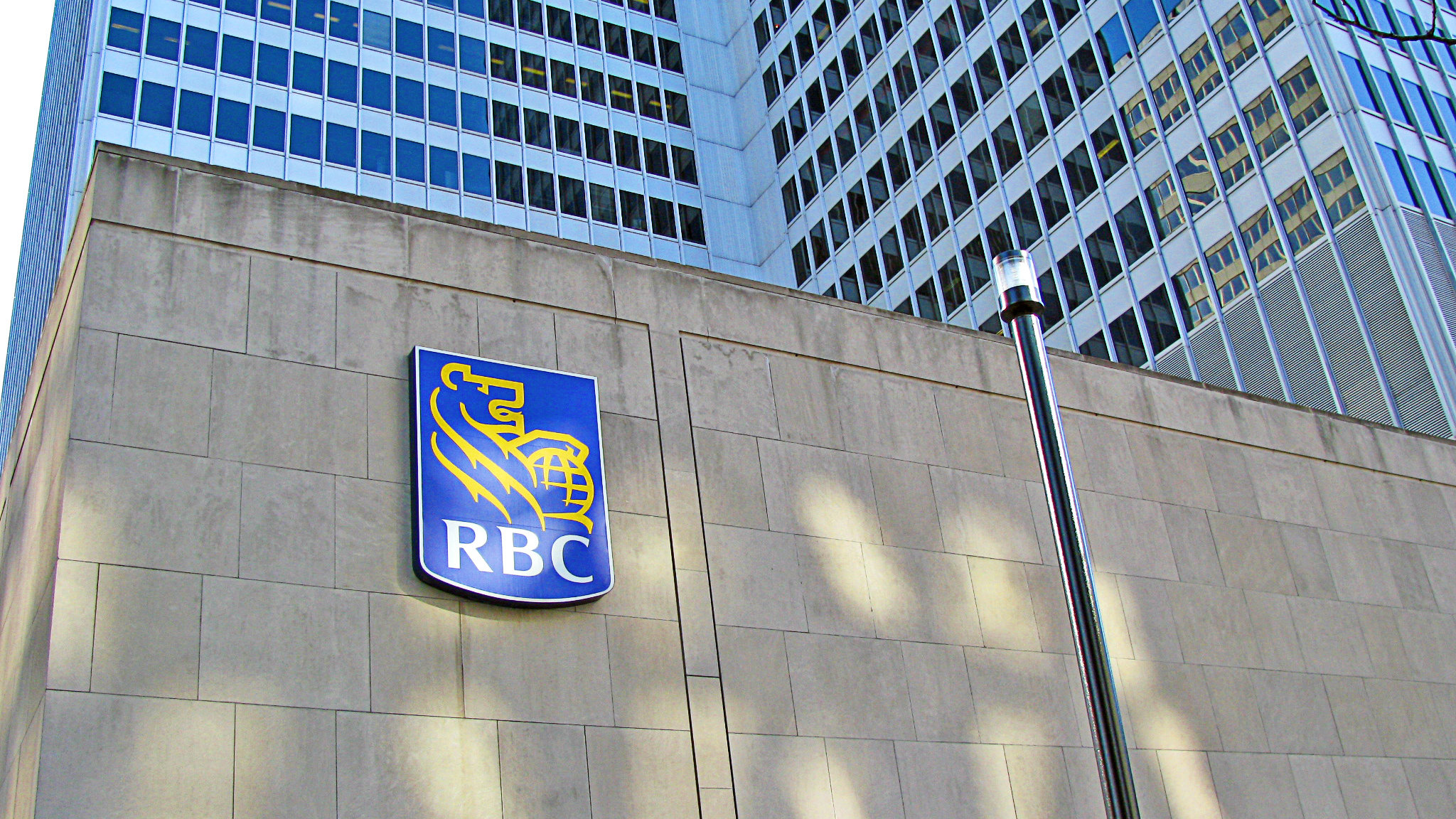Royal Bank of Canada (TSX:RY)(NYSE:RY) released its second-quarter results on the morning of May 24. The stock was down 1.64% in early afternoon trading in response, in spite of a 9% bump in profit.
The S&P/TSX Composite Index has put together a solid rally in April and May, but lingering anxiety still remains due to a number of factors. Canadian bank stocks have also rebounded in this period, but a struggling housing market has many worried about growth going forward. There have been a number of positive economic reports in recent weeks, but odds of a second rate hike have plummeted with high Canadian debt and trade tensions hovering over the heads of policy makers.
Royal Bank was the second major Canadian bank to release its second-quarter earnings after Canadian Imperial Bank of Commerce, and on the same day Toronto-Dominion Bank released its Q2 report. At Royal Bank, net income rose 9% year over year to $3.1 billion, and diluted earnings per share climbed 11% to $2.06. Net income and diluted EPS were both up 2% from the previous quarter.
The Personal and Commercial Banking segment saw net income rise 7% year over year to $1.45 billion. Royal Bank reported a 5% increase in average volume growth, and higher interest rates had a positive impact on spreads. Its Wealth Management segment posted net income of $537 million, which represented a 25% jump from the prior year. Higher interest rates and volume growth once again played a role, while the bank also received a boost from U.S. tax reform and higher fees.
Net income in insurance and treasury services segments rose 4% and 10%, respectively, from Q2 2017. Capital markets net income was static year over year, even with the lower effective tax rate. Global Markets and Investment Banking also reported lower revenue due to unfavourable market conditions.
The positive report was not enough to overcome a difficult day for the markets, which reacted poorly to a number of news items. The Trump administration cancelled its summit with North Korean president Kim Jong-un, as relations deteriorated on the Korean Peninsula. Trump also lobbed criticism at Canada over NAFTA, calling the country “spoiled” and “difficult to deal with.” The president has threatened tariffs up to 25% on all vehicles imported into the United States.
None of these news items are particularly encouraging, but that does not mean investors should turn their back on bank stocks. Canadian corporations earned $99.3 billion in operating profits in the first quarter of 2018, which was up 2.7% from Q4 2017. Inflation rose 2.2% in April after a 2.3% increase in March. The IMF has also maintained its 2.1% GDP growth outlook for Canada in 2018.
Royal Bank reported $258 billion in uninsured and insured residential mortgages across Canada at the end of Q2, representing a 5.1% increase from the prior year. Industry experts and analysts are projecting a steeper slowdown in mortgage growth in the second half. Royal Bank stock is still a quality long-term addition, and it offers a nice quarterly dividend of $0.94 per share, but investors will want to exercise caution as we look ahead to June.
The share price will likely struggle to reach January highs with headwinds mounting in the late spring.







